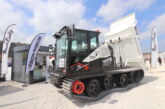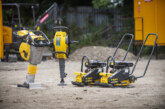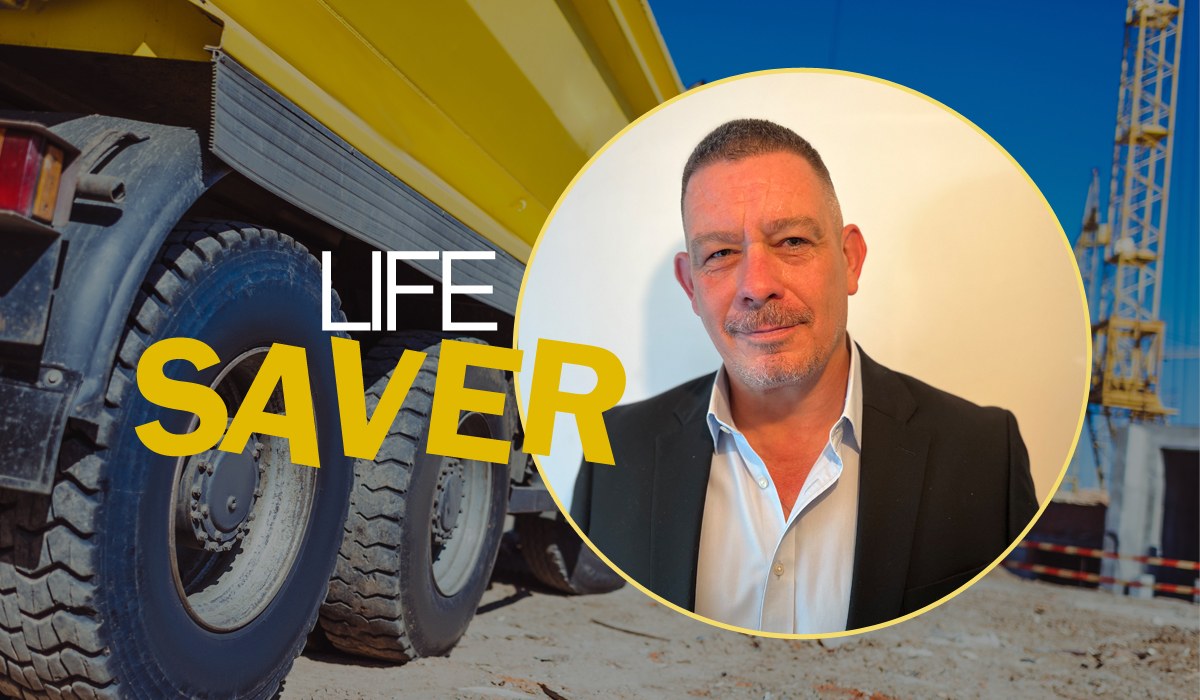
Artificial intelligence is transforming the safety and productivity of plant in the construction sector. CPN talks to Jonathan Guest, ceo of Safety Shield Group, about the contribution the latest technology can make in saving lives.
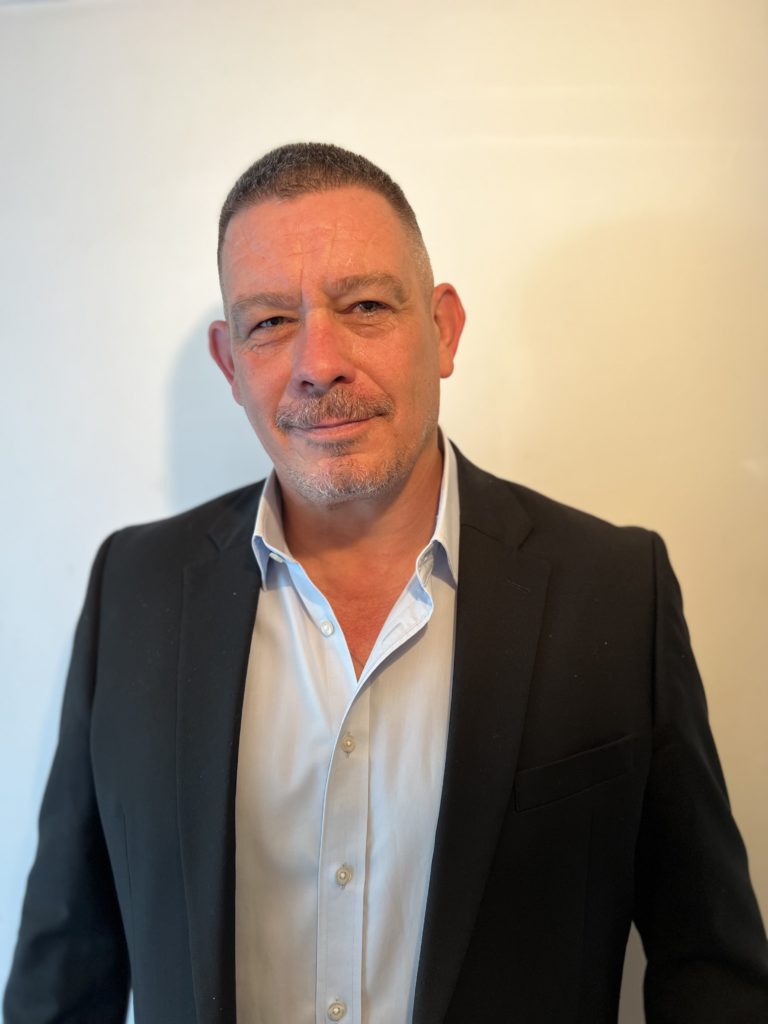
Jonathan Guest, ceo of Safety Shield Group, has been a pivotal figure in advancing construction safety through innovative artificial intelligence (AI) technologies. With more than two decades of experience in the construction and plant industry, Guest’s commitment to improving safety measures intensified following a tragic incident where a friend was crushed to death by an excavator.
As Guest puts it: “Despite physical barriers, use of PPE, clarity around responsibilities, and measures for safe vehicle circulation, the people/plant interface still poses a major risk for construction workers.”
The incident led Guest to set up Safety Shield with a clear mission: to harness cutting-edge technology to reduce the risk of fatal and serious injuries on construction sites. Safety Shield’s ground-breaking work has led to the development of an AI-driven collision avoidance system specifically tailored for the chaotic and unpredictable environment of construction sites.
The system, which has been meticulously refined through a decade of research and development, employs camera-based technology to discern human forms amidst the cluttered landscape of construction sites. This AI solution has been trained to discern people from objects, providing crucial real-time alerts to machine operators to prevent collisions.
“The challenge was to create an AI that could reliably identify a person in the complex visual field of a construction site,” explains Guest. “It needed to recognize a human form in all conditions, whether they’re crouching, partially obscured, or emerging from unexpected places.”
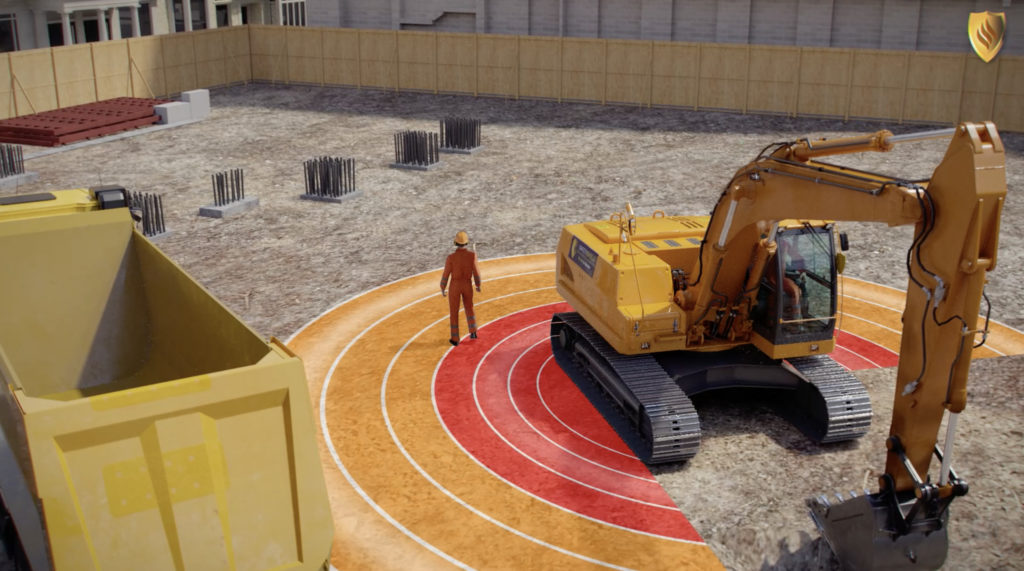 The final AI system is used in combination with HD cameras, which are strategically positioned on plant. Different visual and audible alerts go off in the cab if a person enters the machine’s yellow (outer) zone or red (inner) zone, at which point a collision is imminent.
The final AI system is used in combination with HD cameras, which are strategically positioned on plant. Different visual and audible alerts go off in the cab if a person enters the machine’s yellow (outer) zone or red (inner) zone, at which point a collision is imminent.
These human detection zones can be specifically configured for each machine; for example, a bulldozer might require different zones to a telehandler depending on the type of work being carried out.
The reliability of the technology has been confirmed through six ISO certifications and accuracy measures of 99.5% by independent testing bodies.
To add an extra level of safety, a digital version of the established ‘thumbs up’ safety procedure can be added to the Safety Shield system. When a pedestrian wants to approach a machine, they give a thumbs-up gesture to the operator from a safe distance. The operator then presses an in-cab digital thumbs-up button, disabling the machine, changing the exterior LED sign from red (no entry) to green (thumbs up), and triggering an audible acceptance message. This leaves the pedestrian in no doubt that they have been seen and can approach the plant safely.
The most recent innovation to Safety Shield’s suite is the autonomous braking feature, which involves the plant’s CAN Bus system communicating with the AI human form recognition technology. If a person enters a machine’s human detection zone and the operator fails to respond, the machine will brake automatically. Crucially, this braking is intelligent, factoring in the plant’s direction of travel, whether it is loaded, its speed, and whether the operator has already started to brake.
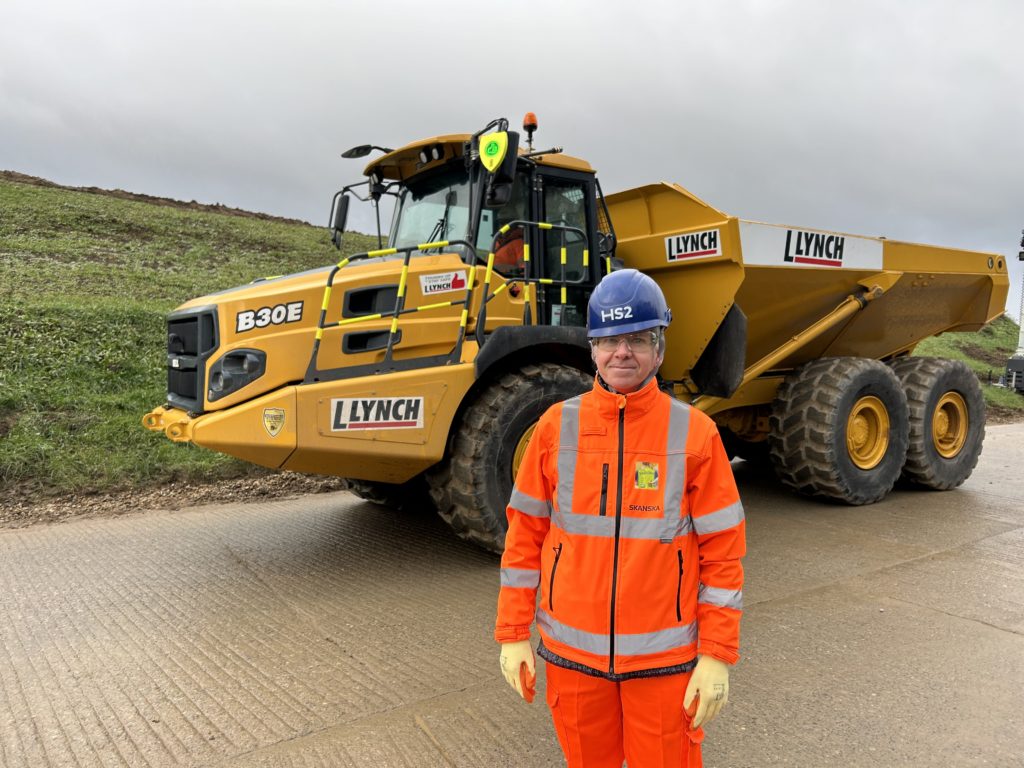 Guest is not only focused on immediate safety outcomes but also on the long-term benefits of AI in construction. Safety Shield Vue, the system’s data reporting portal, offers a cloud-based platform for real-time monitoring, video recording, and data analytics. This comprehensive overview allows site managers to identify patterns and implement changes to enhance safety and operational efficiency.
Guest is not only focused on immediate safety outcomes but also on the long-term benefits of AI in construction. Safety Shield Vue, the system’s data reporting portal, offers a cloud-based platform for real-time monitoring, video recording, and data analytics. This comprehensive overview allows site managers to identify patterns and implement changes to enhance safety and operational efficiency.
The data platform is proving a particularly powerful tool for encouraging long-term behaviour change and increasing productivity. Analysing safety information enables site managers to identify trends and specific issues. On some construction sites, data about incidents has prompted toolbox talks to tackle specific issues, raise awareness and change behaviour. In other cases, video footage has prompted changes to the site layout to improve both safety and efficiency.
Reflecting on the transformative impact of AI, Guest is optimistic: “Our AI systems have been installed on over 5,000 pieces of equipment across the UK, with a notable absence of people-plant interface accidents. Furthermore, there’s been a 65% reduction in red zone incursions in the last year alone,” he reports.
As AI continues to make inroads into the construction industry, Safety Shield’s technology is at the forefront, not just in preventing accidents but also in fostering a culture of safety and efficiency that will benefit the sector for years to come. The Construction Industry Training Board’s initiative to equip all its machinery with AI collision avoidance systems is a testament to the growing recognition of the value of these innovations.
Guest concludes, “AI isn’t just a theoretical concept; it’s a practical tool that’s reshaping our industry, guiding us towards a future where construction sites are significantly safer and more productive.”


